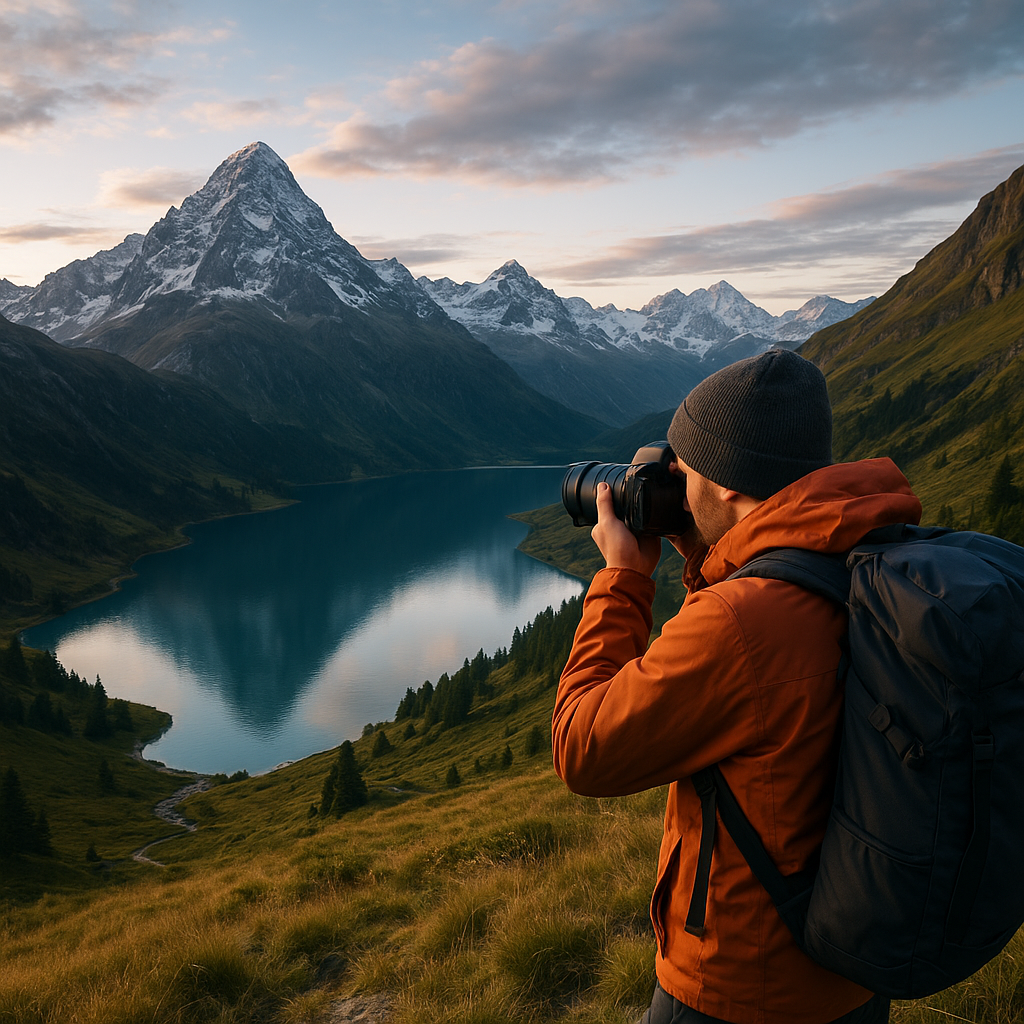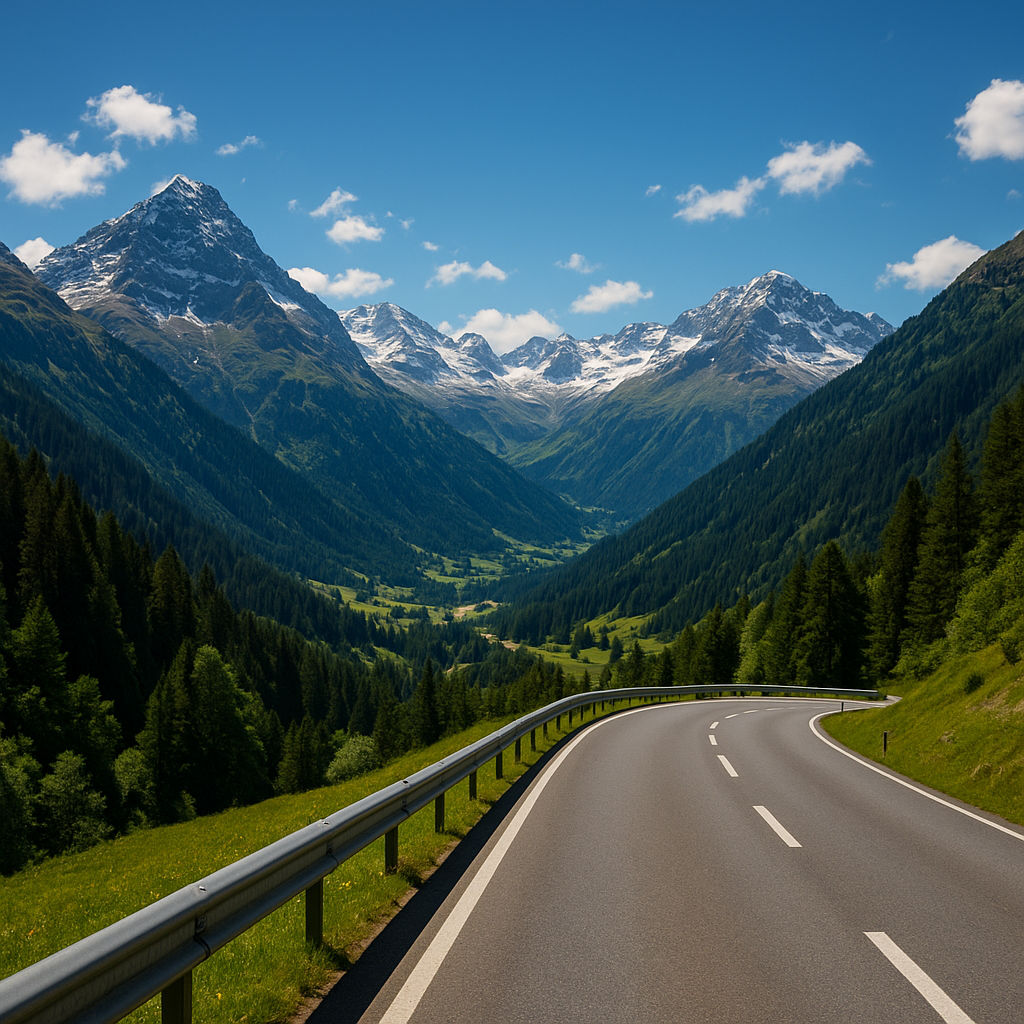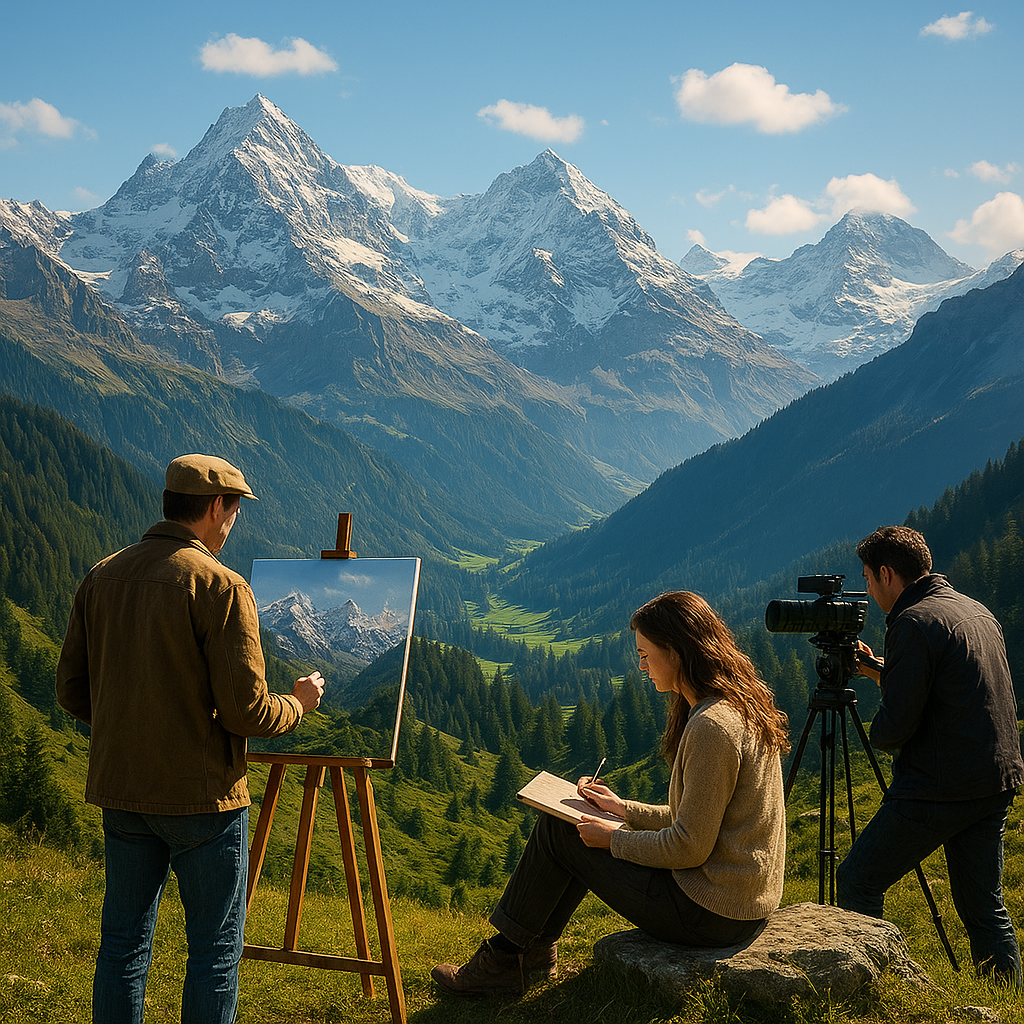
The Alps stand as a symbol of grandeur and raw beauty, inviting photographers to explore their soaring peaks and crystalline lakes. Capturing these majestic scenes demands a blend of technical skill, creative vision, and respect for the elements. This guide will equip you with insights into understanding the landscape, preparing the right equipment, and mastering techniques that turn fleeting moments into unforgettable images.
The Alpine Majesty: Understanding the Landscape
Grasping the essence of the Alps is the first step toward creating compelling photographs. These mountains stretch across eight countries, offering a diverse tapestry of rocky ridges, verdant valleys, and snow-draped summits. By studying their geological history and unique ecosystems, you’ll learn to anticipate the most dramatic vistas and capture the soul of this landscape.
Geological & Ecological Features
- Ridges and Valleys: Formed by ancient glaciers, they provide natural leading lines that guide the viewer’s eye through the frame.
- Flora and Fauna: Alpine meadows burst with wildflowers in summer, while wildlife like ibex and marmots add a dynamic element to your images.
- Water Bodies: Mountain lakes and streams reflect surrounding peaks, offering opportunities for symmetrical composition.
Reading Weather Patterns
Weather in the Alps can shift rapidly. Monitoring temperature gradients, wind speeds, and cloud formations helps you time your shoots for maximum impact. A storm rolling over a ridge creates dramatic skies, while clear mornings deliver pristine light that illuminates textures and contours.
Essential Equipment and Preparation
Heading into high-altitude terrain requires careful planning. Your choice of gear and logistical preparation can make the difference between a snapshot and a masterpiece.
Camera and Lenses
- Full-frame DSLR or mirrorless body offering high dynamic range to handle contrasts between bright skies and shadowed valleys.
- Wide-angle lens (16–35 mm) for expansive vistas. Telephoto lens (70–200 mm) to isolate distant peaks and compress perspective.
- Polarizing filter to reduce glare on snow and enhance sky saturation.
Support and Accessories
- Sturdy tripod for long exposures and sharp detail.
- Remote shutter release or camera timer to avoid shake.
- Camera backpack with built-in rain cover, designed for comfortable carrying on steep trails.
Personal Gear and Safety
Don’t underestimate the importance of proper clothing and safety equipment. Layered garments, waterproof boots, and crampons become invaluable at higher altitudes. Always carry a map, compass, and headlamp, and inform someone of your planned route before you set off on an adventure.
Techniques for Capturing Breathtaking Views
With your gear in hand, it’s time to refine your shooting strategies. Combining technical mastery with artistic intent will elevate your alpine photographs from ordinary to extraordinary.
Mastering Composition
- Leading Lines: Use ridgelines, fences, or streams to draw the eye into the scene.
- Rule of Thirds: Place horizon or focal elements off-center to create balanced yet dynamic images.
- Foreground Interest: Incorporate rocks, wildflowers, or ice formations to add depth and scale.
Optimizing Exposure
High-contrast scenes with bright snow and dark forests challenge your camera’s sensor. Employ techniques such as:
- Bracketing exposures and blending them in post-processing to achieve balanced exposure.
- Graduated neutral density filters to dim bright skies while preserving foreground detail.
- Manual mode to fine-tune shutter speed, aperture, and ISO for tack-sharp images.
Harnessing Light and Timing
The quality of light transforms a good photograph into a spectacular one. Chase the golden hours that bathe peaks in warm hues, or embrace the cooler tones of pre-dawn to suggest calm and solitude. Watching for the fleeting moments when sunbeams pierce clouds can yield dramatic shafts of light across alpine meadows.
Exploring Seasonal Variations
Each season in the Alps offers unique photographic possibilities. Understanding these cycles empowers you to plan trips around the most striking visual contrasts.
Spring Awakening
- Melting snow reveals streams that carve through thawing meadows, creating reflective surfaces.
- Wildflowers like edelweiss and gentians bloom, introducing vivid splashes of color.
Summer Vibrancy
- Clear skies and longer days allow for multi-location photo expeditions.
- High-altitude tarns mirror towering peaks, perfect for symmetrical compositions.
Autumn Warmth
- Larch trees turn a fiery gold, contrasting with bare granite ridges.
- Low-angle sunlight enhances textures and casts long, dramatic shadows.
Winter Serenity
- Snow blankets create minimalist scenes with stark, high-contrast shapes.
- Frozen lakes and ice formations offer macro opportunities for abstract detail shots.
By aligning your trek with the season that resonates most with your artistic vision, you’ll capture the Alps in a light few have witnessed firsthand.

